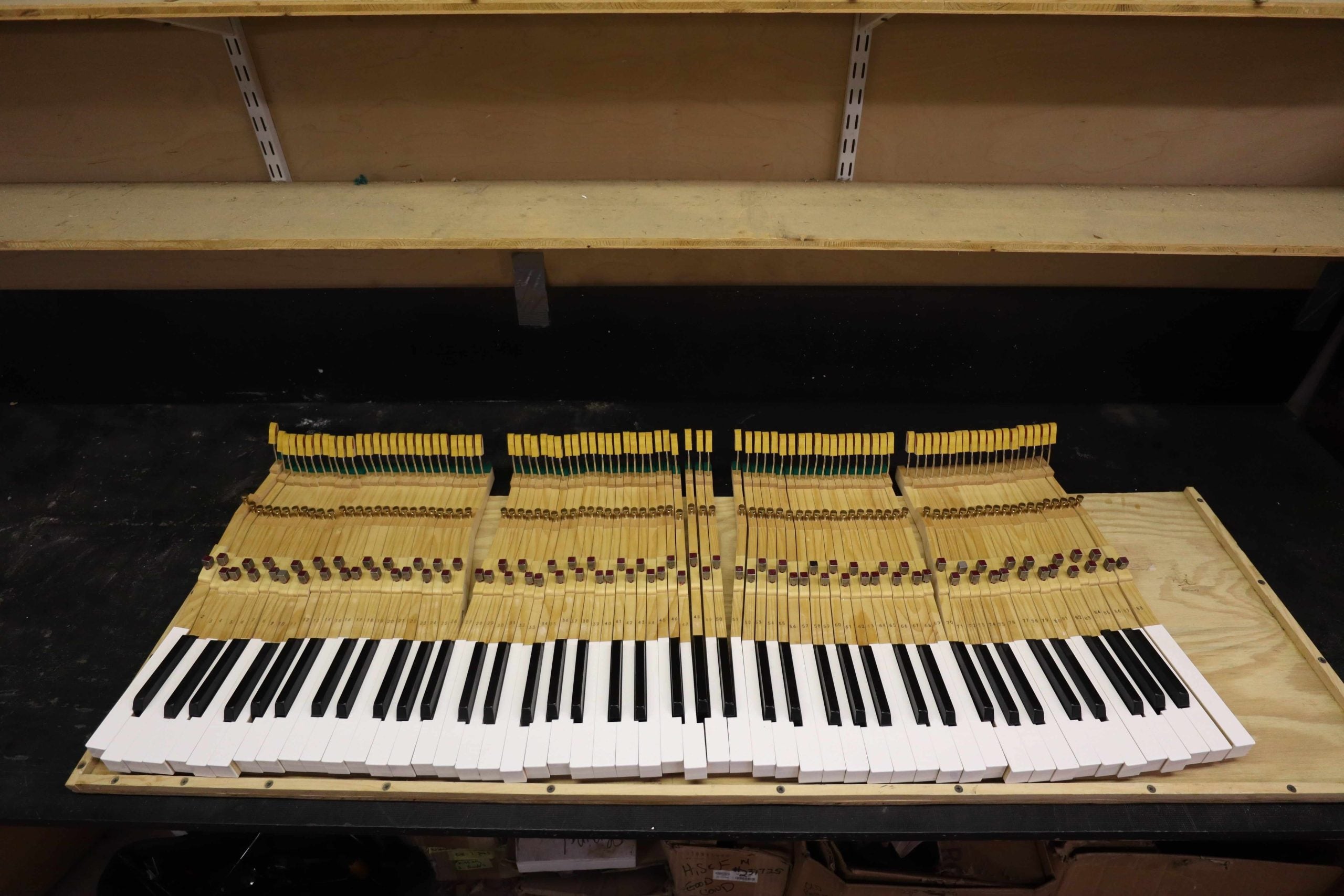- You can't change what each "note" looks like, and
- You can't repeat that "note" very quickly.
Secrets of Piano Action

Many folks think that playing the piano is like using a typewriter: press a key, you get a note. But on a typewriter, there are two main limitations:
